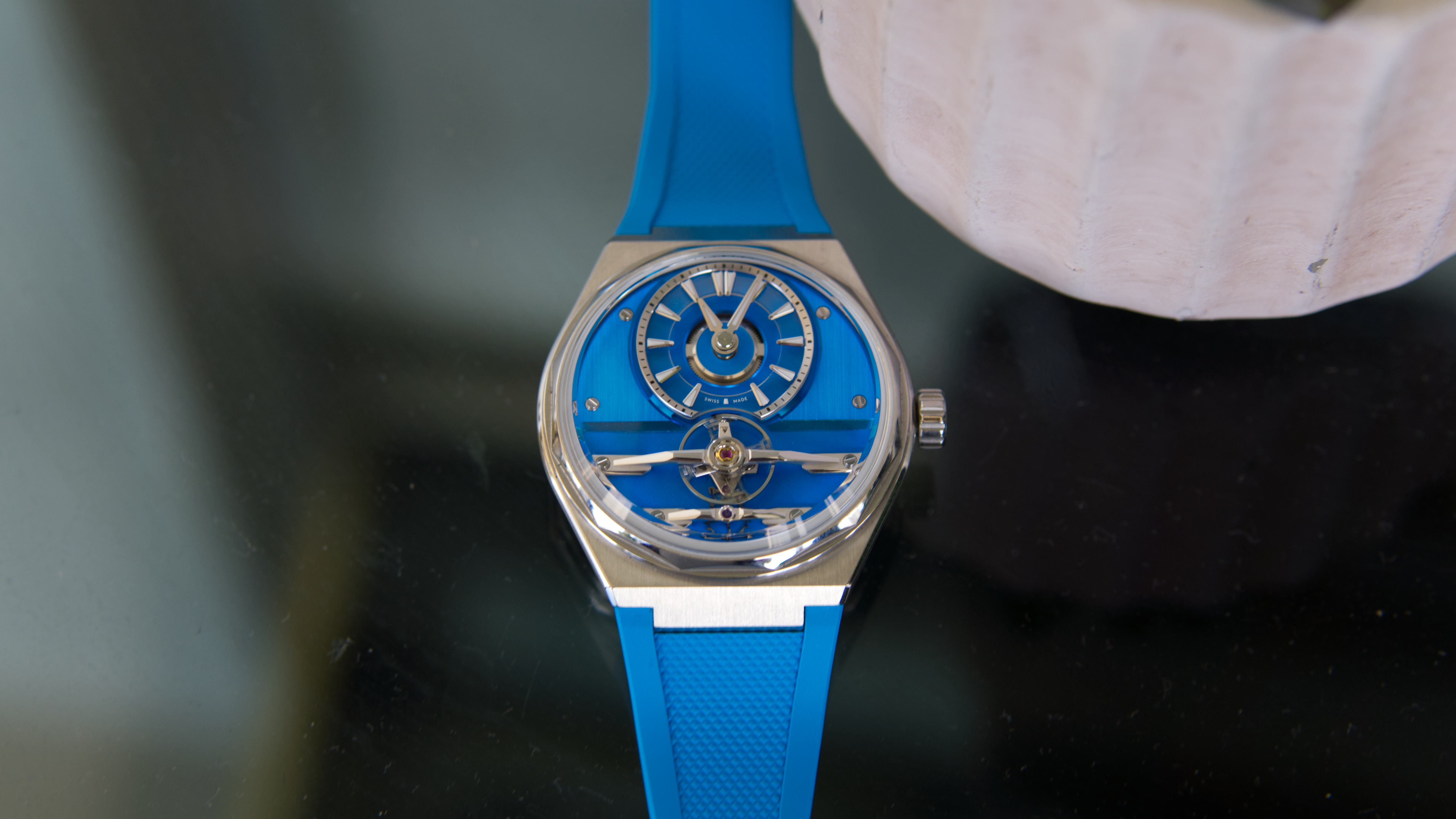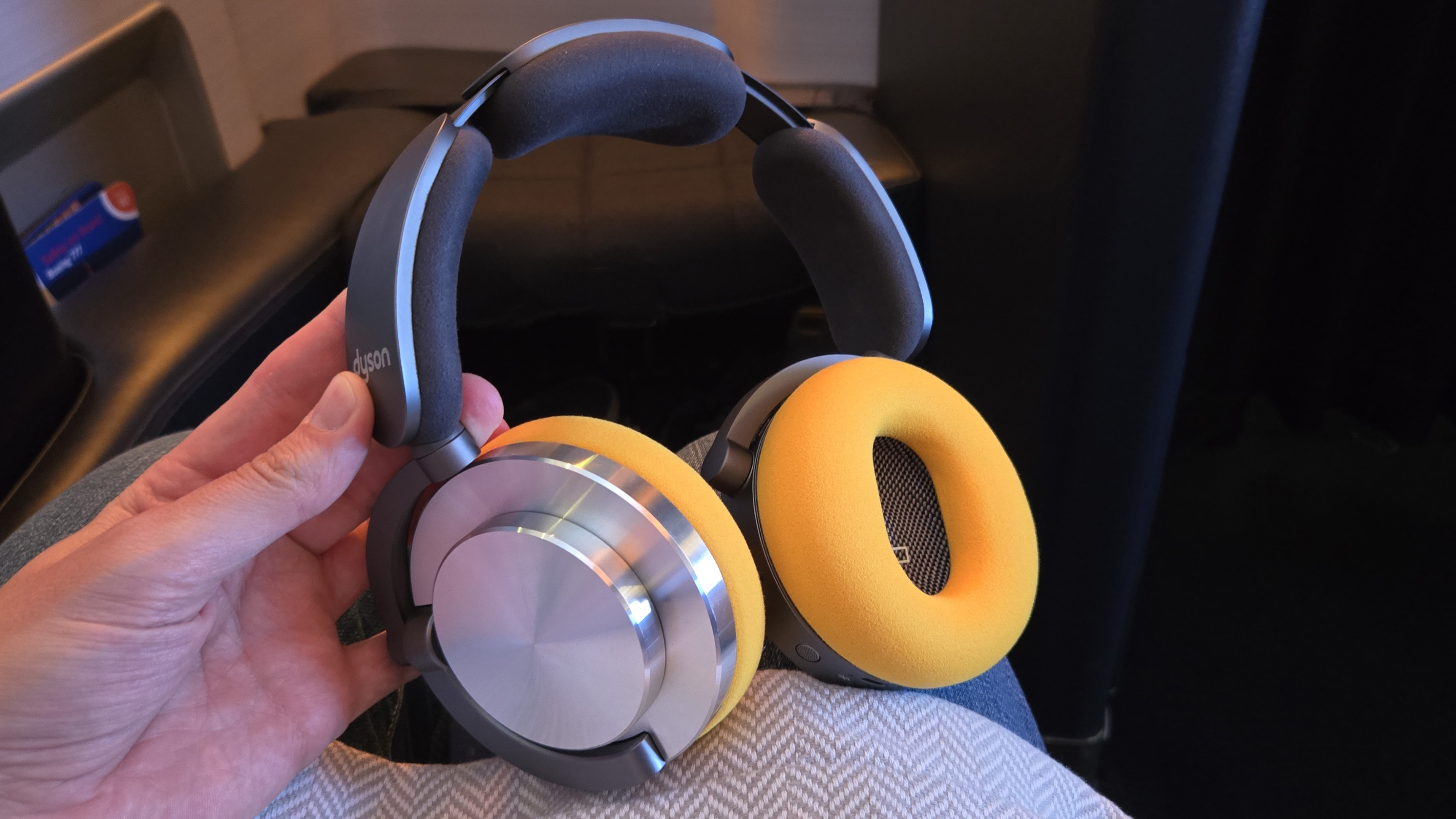
Just prior to embarking on an epic trip across the USA, Dyson had delivered a brand new pair of its OnTrac headphones to me to review. It seemed like the perfect opportunity to hang up my trusty Bose QC Ultra Headphones for a minute (well, a week) and see just how these new Dyson headphones would align with many hours of travel and flying.
Not that Dyson specifically pitches the OnTrac as the best travel headphones, per se, but the British brand does proudly exclaim that its noise-cancelling (ANC) is up there among the best in the biz – and we all know that the best noise-cancelling headphones are a shoo-in as options for long-haul travel to help drown out distracting external noise.
I was also keen to test out the OnTrac's epic battery life, which is proclaimed to be a sensational 50 hours per charge (that's with ANC active), so during this testing period over a week I ensured not to charge the headphones whatsoever and tally up usage time. It's easy to track, too, as the MyDyson app syncs usage – and as I type this, I'm just over the 18-hours-and-30-minute mark.
So it's more than fair to say that I've put in the real-world testing time. And, as T3's Tech Editor and long-time tech journalist for 15 years, I'm often inundated with the best headphones to review. Indeed, I've tested the Bose headphones on an 18-hour flight, and done much the same with Sonos' Ace headphones on another trip. So can the Dyson OnTrac compete?
1. Unique looks
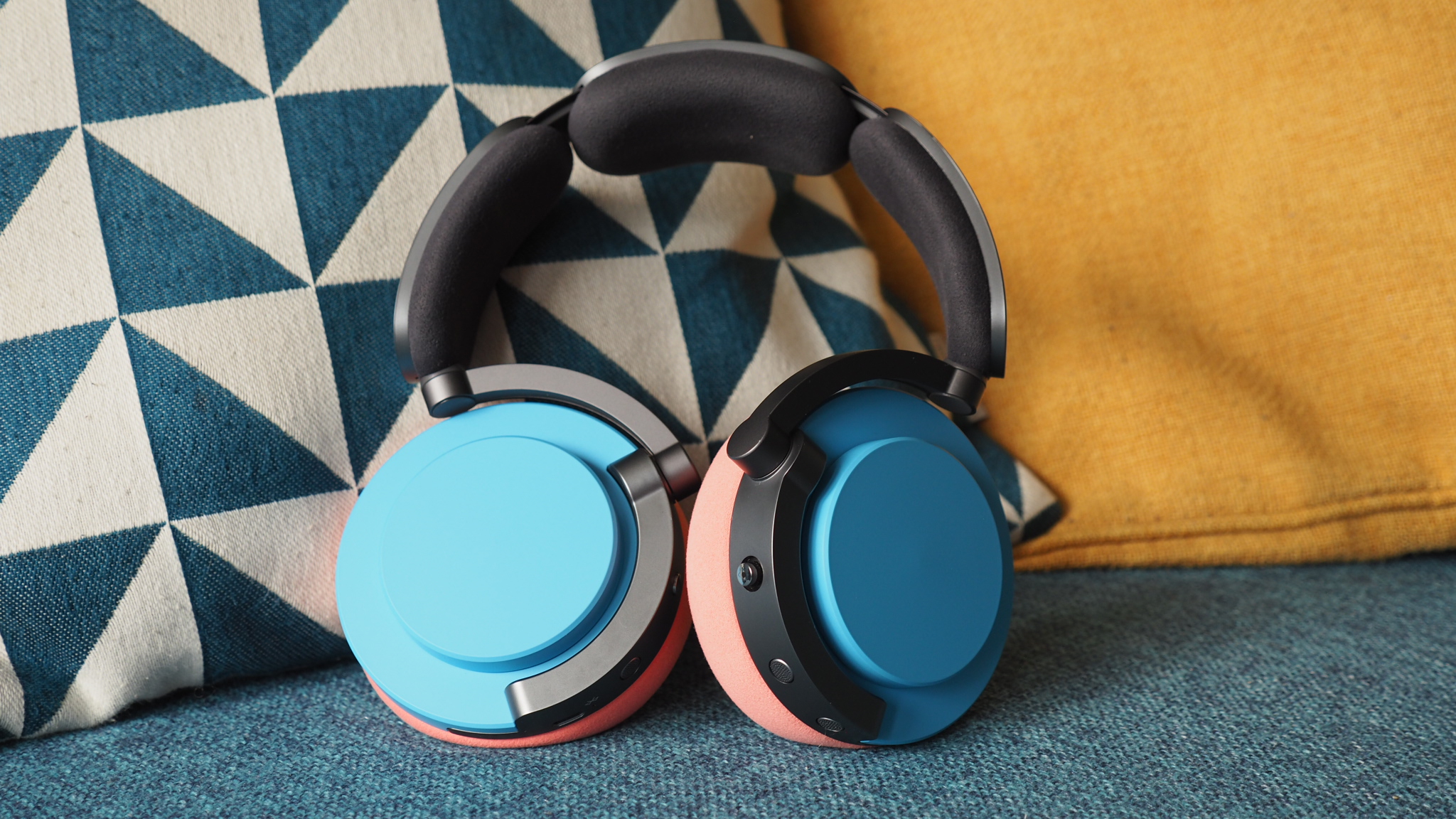
It would be remiss for me not to highlight one of the OnTrac's big selling points up front: customisation. You can buy the product in four different configurations – CNC Aluminium (yellow earcups, silver caps), CNC Copper (blue and copper), Ceramic Cinnabar (black and coral), and CNC Black Nickel (black and dark silver) – and also purchase different earcup and earcap colourways and finishes that mean there are thousands of varying combinations.
I've got the CNC Aluminium set in for review – and even without customising, I think it's fair to say that Dyson's first-ever headphones are hardly inconspicuous. I've had a number of fellow travellers query me about these over-ears during my trip. Add customisation – I went with pink earcups and blue earcaps, obviously! – and you can certainly turn the design dial up to 11 (for better or worse).
I've already written in my Dyson OnTrac first impressions that these headphones are priced to match many premium rivals, at £449 ($499/AU$799), but if you want to add both earcups and earcaps that only ups the price to new highs – as it's an additional £49 ($49/AU$79) for each of the accessory pairs. Mine would therefore cost £547 in their extra-exuberant finish.
Sign up to the T3 newsletter for smarter living straight to your inbox
Get all the latest news, reviews, deals and buying guides on gorgeous tech, home and active products from the T3 experts
One thing I've not written about until now, however, is a genius bit of design work that really reveals itself while travelling: the OnTrac's case. It's a truly brilliant yet simple piece of design that's essentially a hardshell slip-case. So when the headphones are removed the case collapses flat, yet remains fully rigid, which is ideal for storing in a bag or case. Slip the headphones back in and the case expands to accommodate.
2. Big battery life
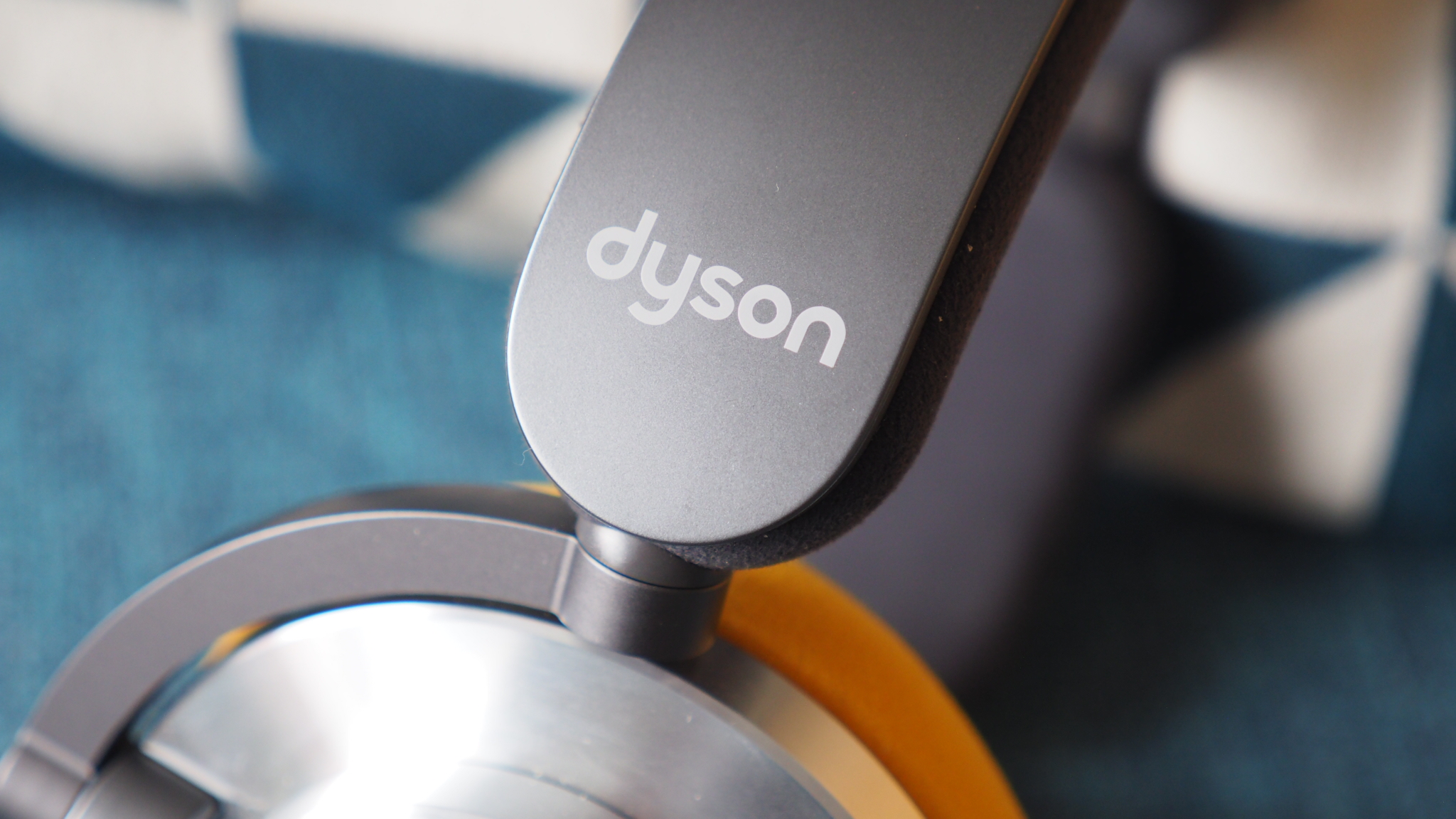
It's no secret nor surprise that the Dyson OnTrac are large headphones – my pictures here should make that clearly visible. One part of the reason for this is the considerable battery life, a result of literally packing more cells into the product compared to rivals – which is why the headband has those physical bulges, the two mid-positioned ones being where the batteries are accommodated.
When I first saw the OnTrac – which was during a preview session at Dyson's UK headquarters a couple of months ago now – I did fret that they looked too big. But I don't think they feel so large once on the head, which is the key factor. The comfort level is high, avoiding any mega-clamping force that some headphones rivals suffer from – although nothing is going to beat the Sonos Ace for sheer comfort factor in my view.
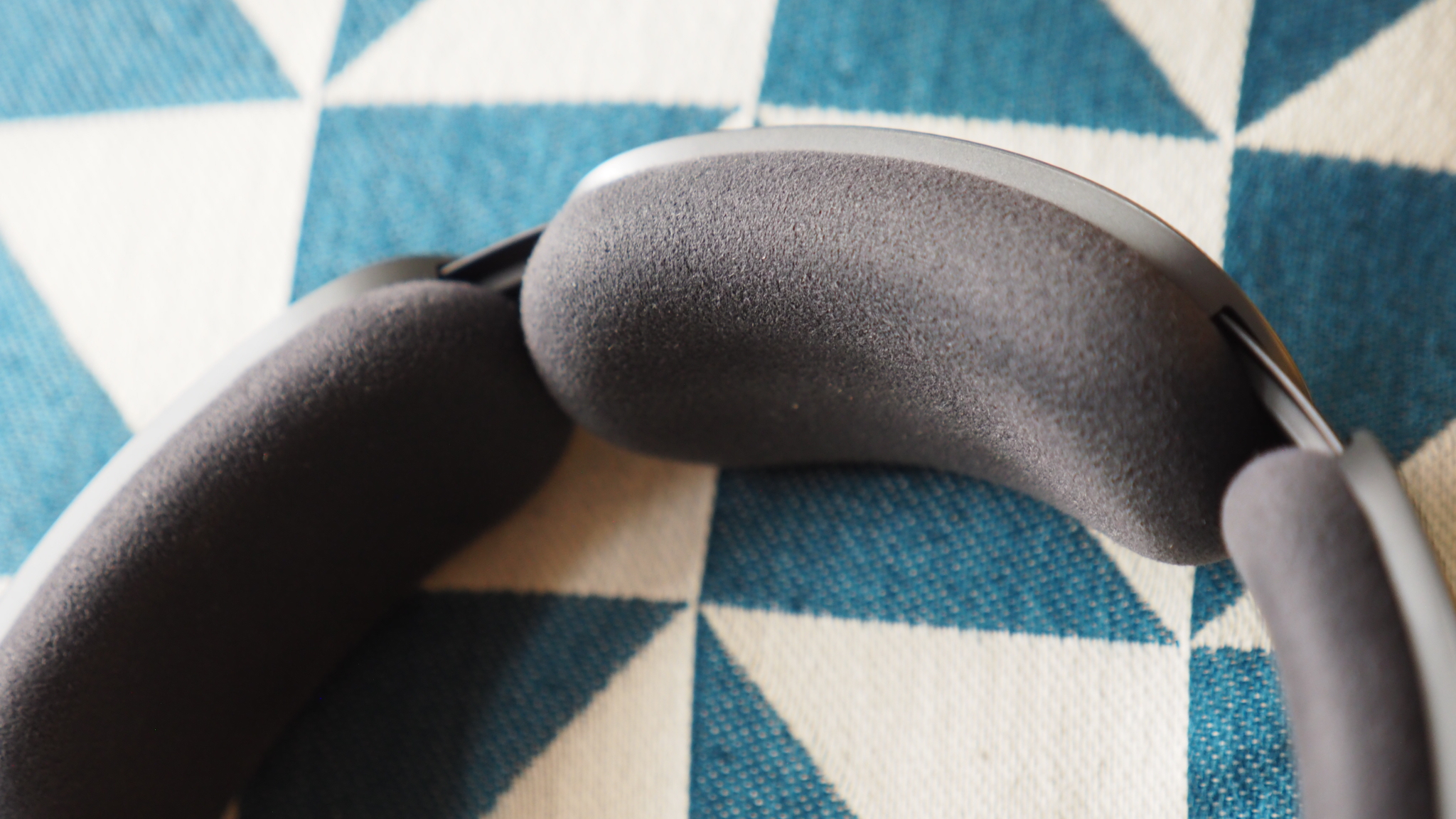
So what of those battery life claims? As I said up top, I'm now approaching the 19-hours mark of active use, and the app still tells me there's 50% battery remaining. The app does only alert per 10% drops (so 90%, 80%, and so forth), but I'm on track (unintentional pun) for a solid 40 hours of use.
I know there's been a lot of idle not-listening time too, as I'm terrible at actively turning headphones off between sessions. That 50-hour claim therefore doesn't seem unreasonable to me – especially as I listen at anti-social sound levels too. There's a little joystick on the right earcup if you can't reach your Bluetooth-connected device, which I've rather enjoyed using – it's certainly different to the norm for adjusting volume, pausing tracks or skipping forward/back.
3. Brilliant sound
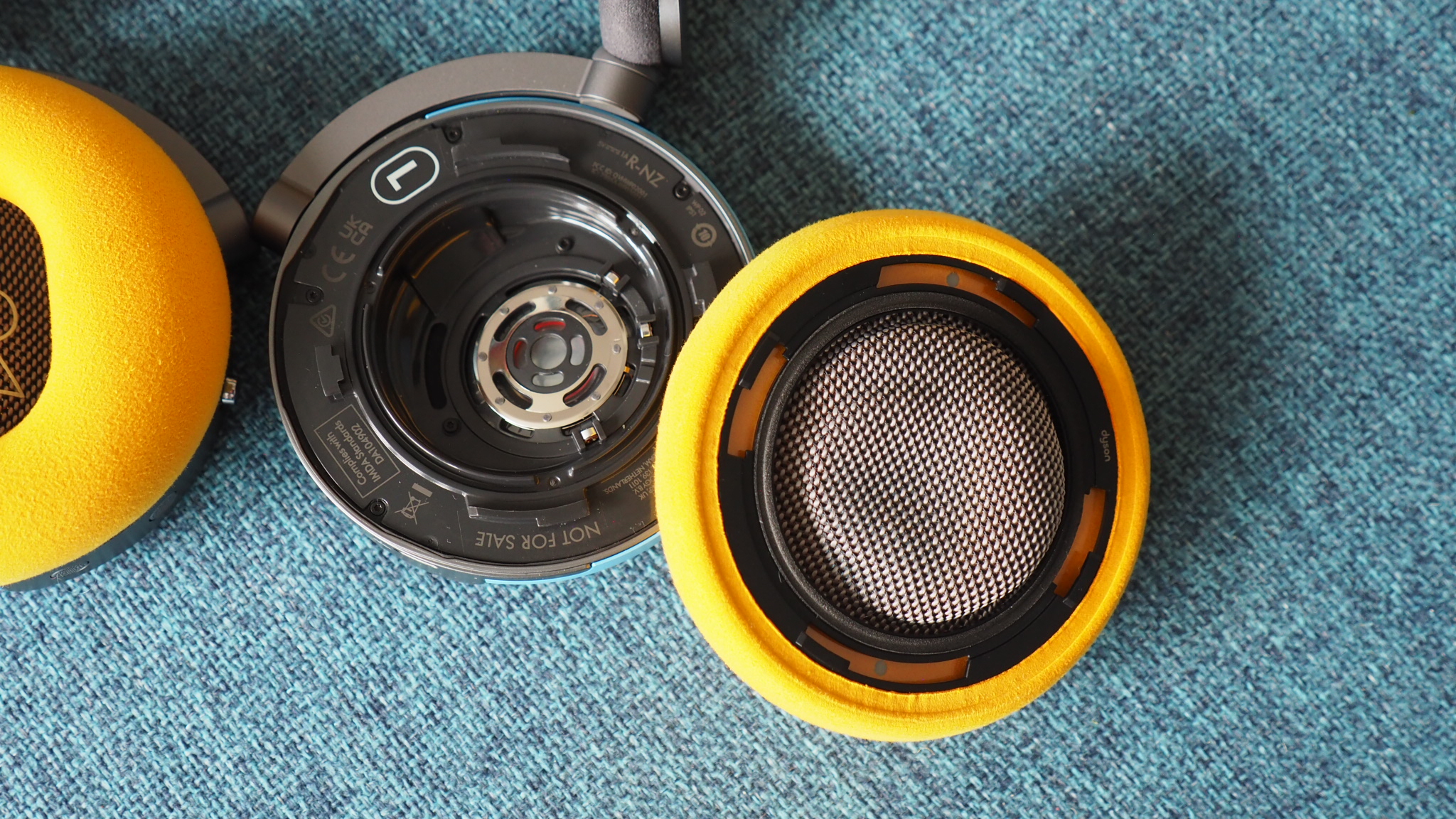
Despite the customisable design being a key headline here, the one real factor I think that'll help sell the OnTrac is the sound quality. Because, just like the headphones' big-scale design, the sound on offer is just as large – I would go so far to call it massive, actually.
To glance at the specification is one thing – with all-new 40mm neodymium drivers offering a quoted 6Hz through to 21kHz frequency range output – but to actually hear what the OnTrac can deliver is another experience altogether. It's a lively, bubbly, wide-soundstage joy.
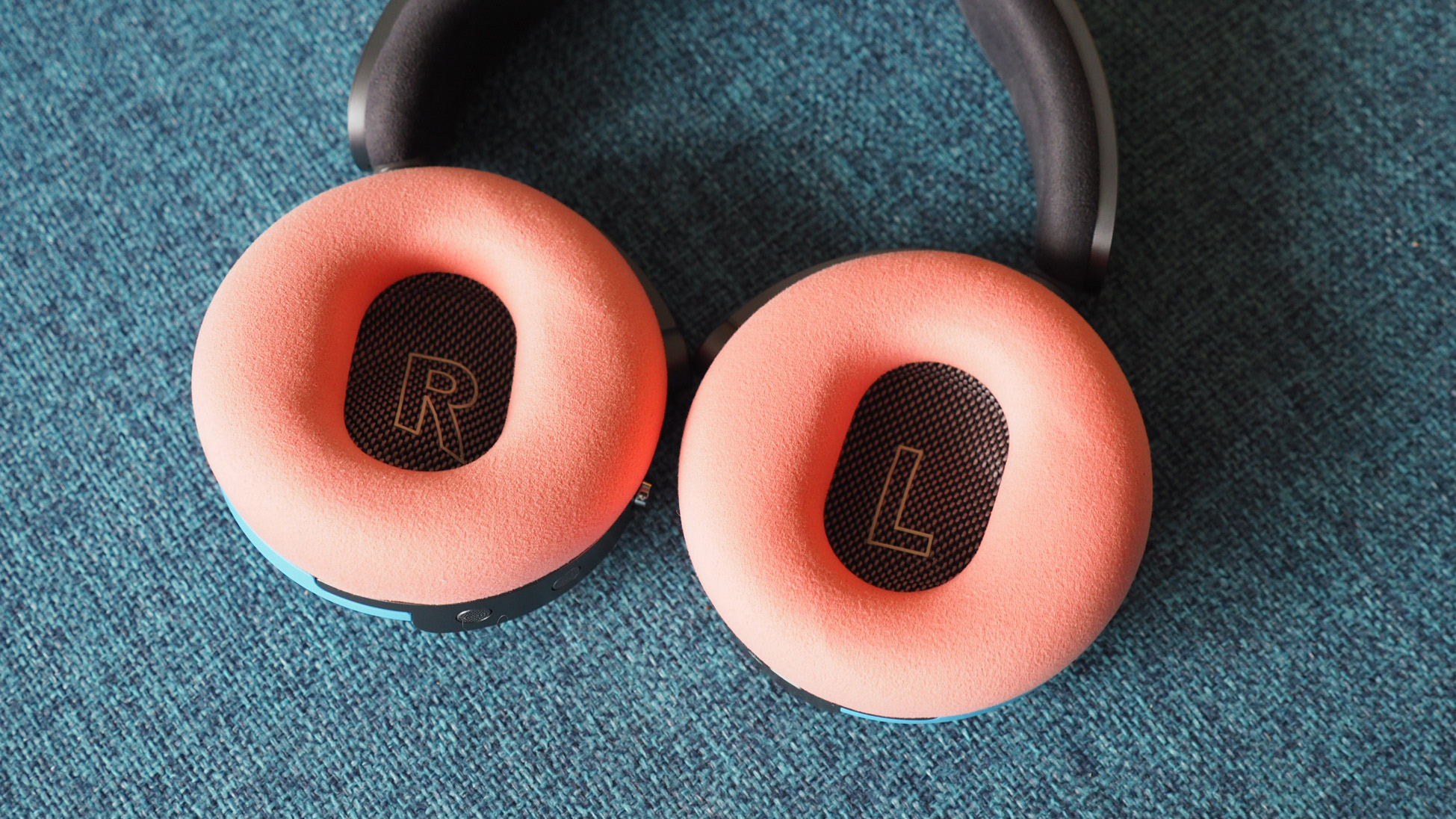
I was initially dubious about the low-end claims for the simple reason that 6Hz is effectively inaudible (music producers typically roll-off sub-20Hz for a cleaner mix, for example), but the bass output here is sizeable and well-controlled – it's not a messy listen as per the latest Sony ULT Wear headphones, for example. So for those who want bass, the OnTrac are a contender for best in the market.
Again, the MyDyson app does some of the lifting here, with a trio of options available: Neutral, Enhanced, Bass Boost. By default it opts for Enhanced, which gives a bit of a lift to low-end, with a dip in the mids and a bigger uplift to the high-end – which I think sounds great with all kinds of music. Bass Boost magnifies this yet further, but I've rarely found a need for it, frankly, as the bass is so big anyway. A more nuanced control option, with EQ bands, would be preferable for me – but isn't something Dyson offers.
4. ANC ups and downs
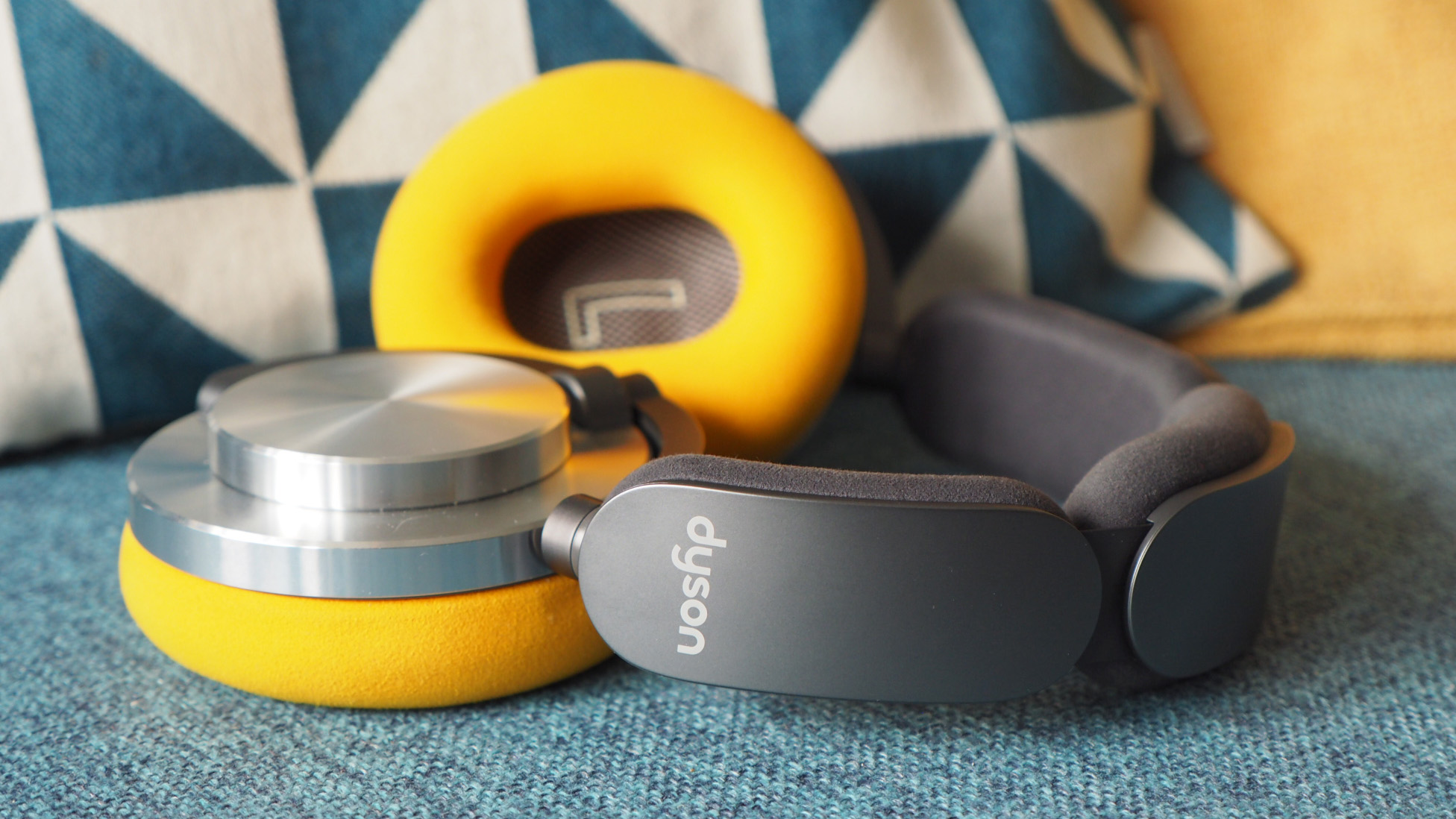
Much like the trio of EQ offerings, the OnTrac provides a trio of active noise-cancelling (ANC) options too: Off, Transparency, Isolation. They're self-explanatory and in keeping with the current market standard, catering for those who want an enhanced option to allow for listening to external conversations whilst playing music. Switching between the two is achieved by a double-tap on either earcup, which is nice and easy (and accompanied by a massive 'whoom' sound to confirm).
However, while I can hear the ANC is effective, I wouldn't call it market-leading. Having tested many of the best recent headphones and declared my undying love for the Bose QC Ultra Headphones for travel purposes, the Dyson can't match that same level of 'locked-in' sensation – which, in fairness, I hear some people say is to excess for their preferences. I do find it enlightening to see exactly what the headphones are doing though – the MyDyson app offers a live-track monitor of decibel levels both external and internal.
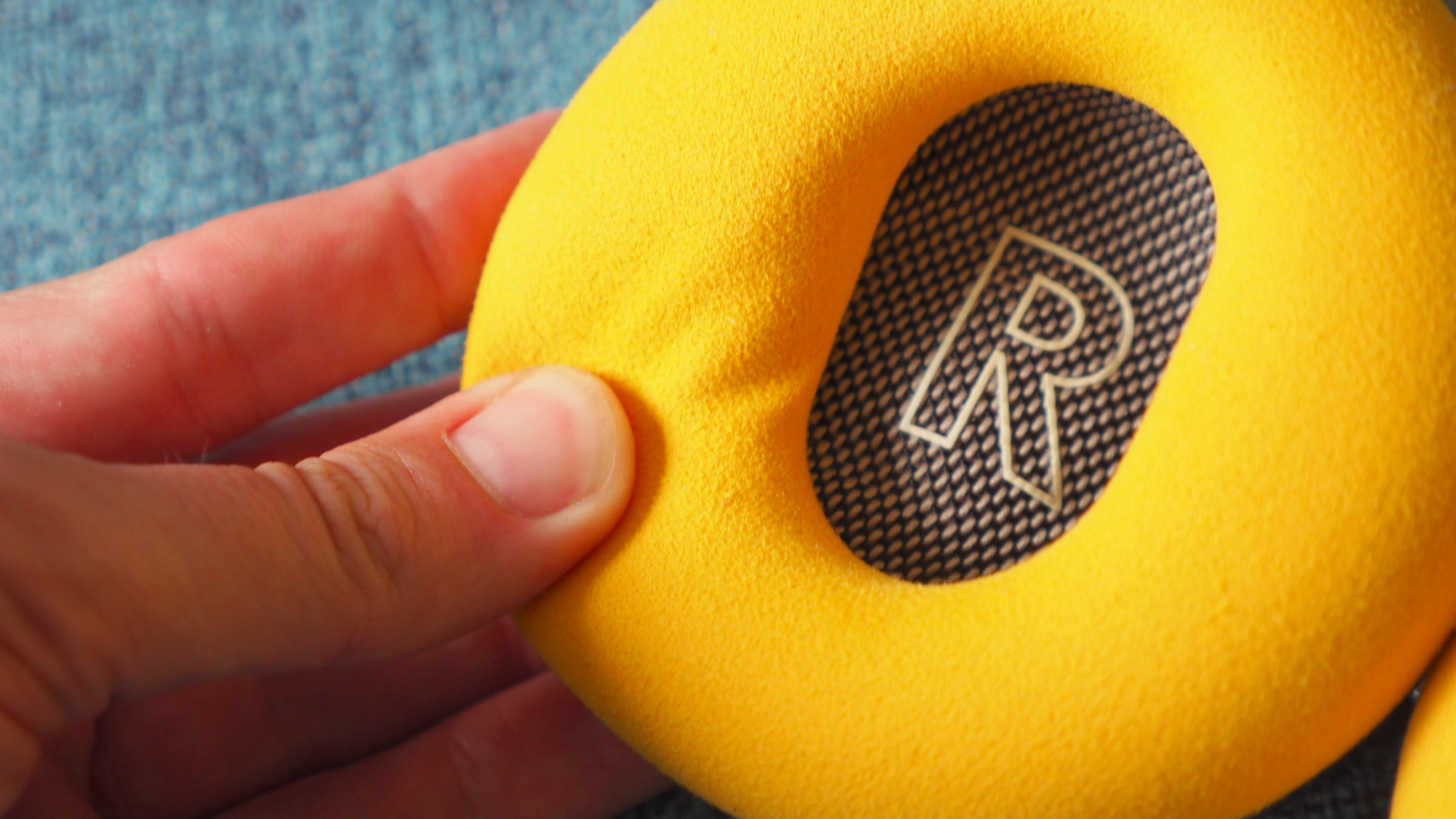
I believe there are a number of factors to the OnTrac's ANC 'style', if I can call it that. One, I can hear the microphones trying their damnedest, as when no sound is playing there's audible white noise that comes into the listening experience, almost like a whisper of feedback taken from your surroundings. Two, the large-scale design isn't ideal for glasses-wearers (such as myself) because is disrupts the would-be seal against the head – as the effect when removing my glasses was certainly enhanced.
As I'm discussing these headphones in relation to travel, I also tried sleeping in the OnTrac on one of my long-haul overnight flights. I know not everyone enjoys that feeling and, given the Dyson headphones' scale, these aren't the best for that task. Again, that's not going to be at the forefront of the design team's minds during development, but it's something I require from my headphones – and, in this instance, I reverted back to my Bose (which I was also carrying in the bag for this trip).
5. Some connectivity quirks

The Dyson OnTrac feature Bluetooth 5.0 for wireless connectivity (meaning they're a touch behind the current standard) and I found the connection to be solid as a rock, never breaking away from my phone, tablet or laptop connection during an active listening session.
Problem is, as the OnTrac don't feature multi-point connectivity, I couldn't connect more than one device at a time for quick swaps. Not the end of the world, but it has meant shifting between listening to music from my phone and watching shows on my tablet (the OnePlus Pad Go has been my friend in delivering Euphoria season 2 – yes, I'm late to the game) is more time-consuming.
Each time I've had to press-and-hold the on button to get the headphones to search and then connect, which is too manual compared to the competition – consider the AirPods Max and Apple's device ecosystem, for example, which is seamless and far more automated. That's what Dyson needs to be delivering – I would have expected Google Fast Pair here anyway.
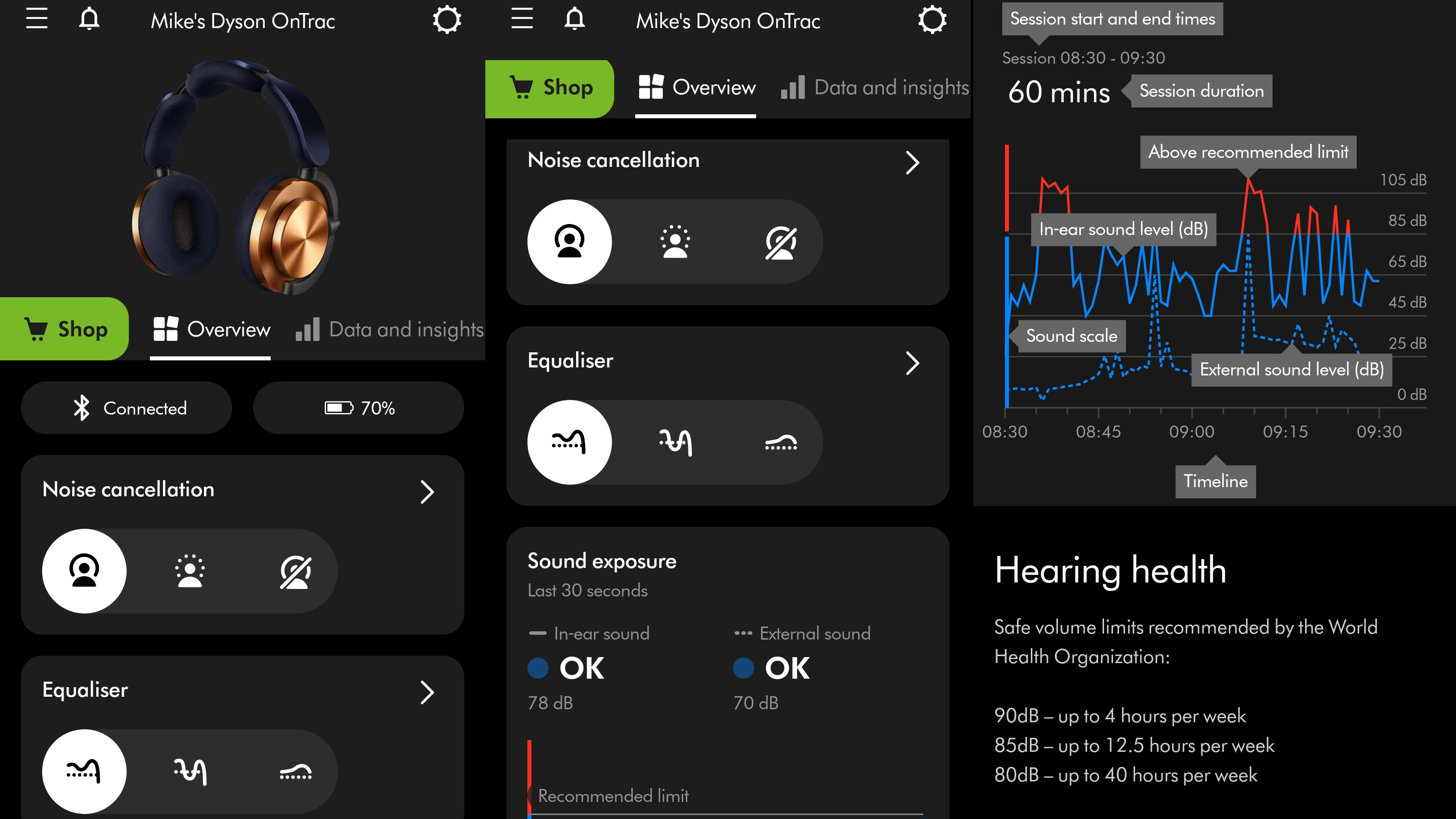
I've also found the app isn't yet bulletproof. With some connection switches the ANC settings have been unavailable, for example, only coming to life later during a listening session. I've had the same happen with the EQ options, too. And, yes, the headphones have the most up-to-date software, with one update having taken place during my week of listening.
Lastly there's wired listening, which isn't something I've been able to test during this testing. For in-flight entertainment connectivity I've been using the Twelve South AirFly, eliminating the need for any wires, but the OnTrac can be used wired via the USB-C port – if you buy the 3.5mm adapter for yet more cash, as that's not included in the box.
Initial conclusion
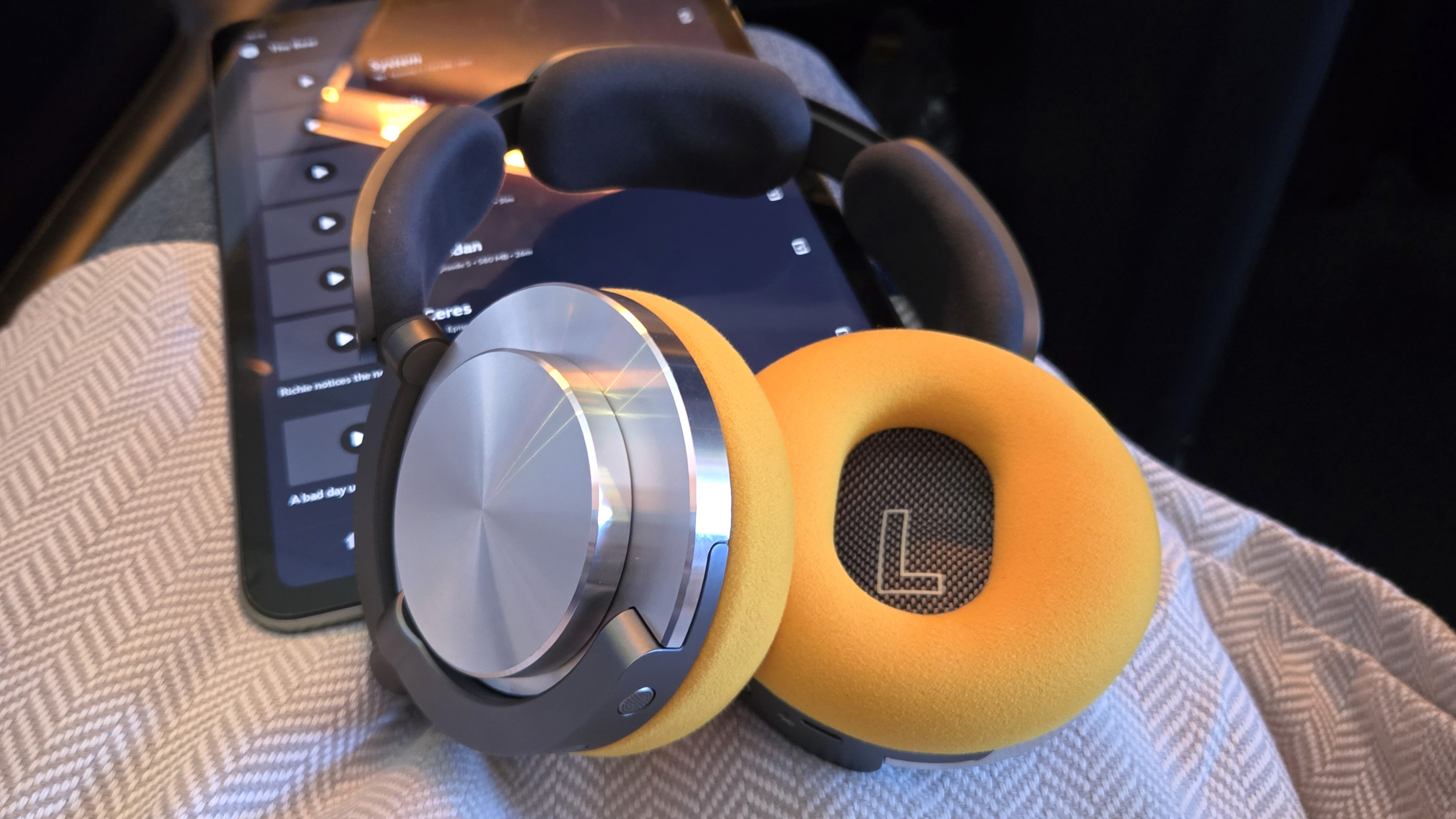
All in all, I've liked using the Dyson OnTrac even more than I had anticipated. While the customisation factor is certainly fun, the added expense is off-putting (shame you can't specify choices prior to purchase instead). But it's actually the sensational sound quality that's really sold these headphones to me.
Testing Dyson's first-ever headphones for travel might not be the perfect match for their intended use – I could see myself wearing these in the office though – but they've demonstrated that when it comes to battery life and bass they're approaching untouchable.
Whether that's enough to sell Dyson's debut in this space to the mass market remains an open question though – but they deliver where it matters, so there's no question of integrity when it comes to overall quality.

Mike is T3's Tech Editor. He's been writing about consumer technology for 15 years and his beat covers phones – of which he's seen hundreds of handsets over the years – laptops, gaming, TV & audio, and more. There's little consumer tech he's not had a hand at trying, and with extensive commissioning and editing experience, he knows the industry inside out. As the former Reviews Editor at Pocket-lint for 10 years where he furthered his knowledge and expertise, whilst writing about literally thousands of products, he's also provided work for publications such as Wired, The Guardian, Metro, and more.
